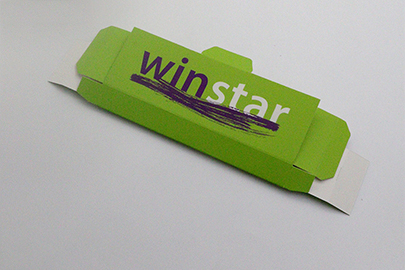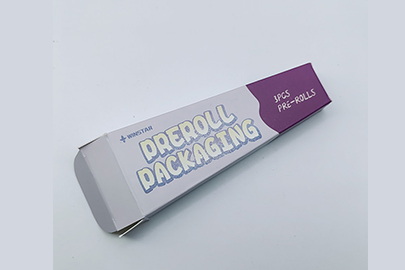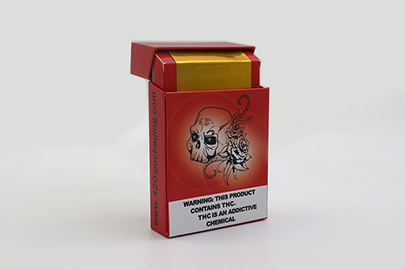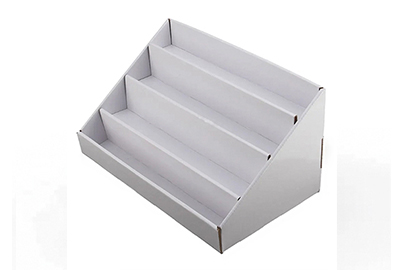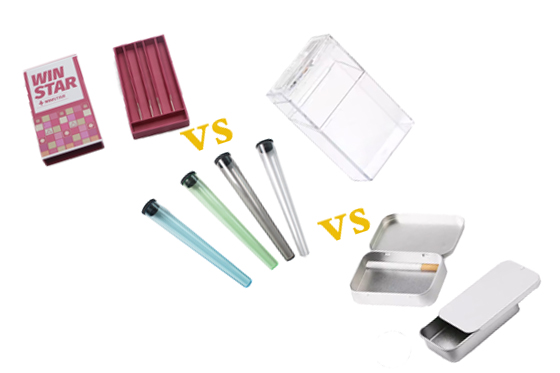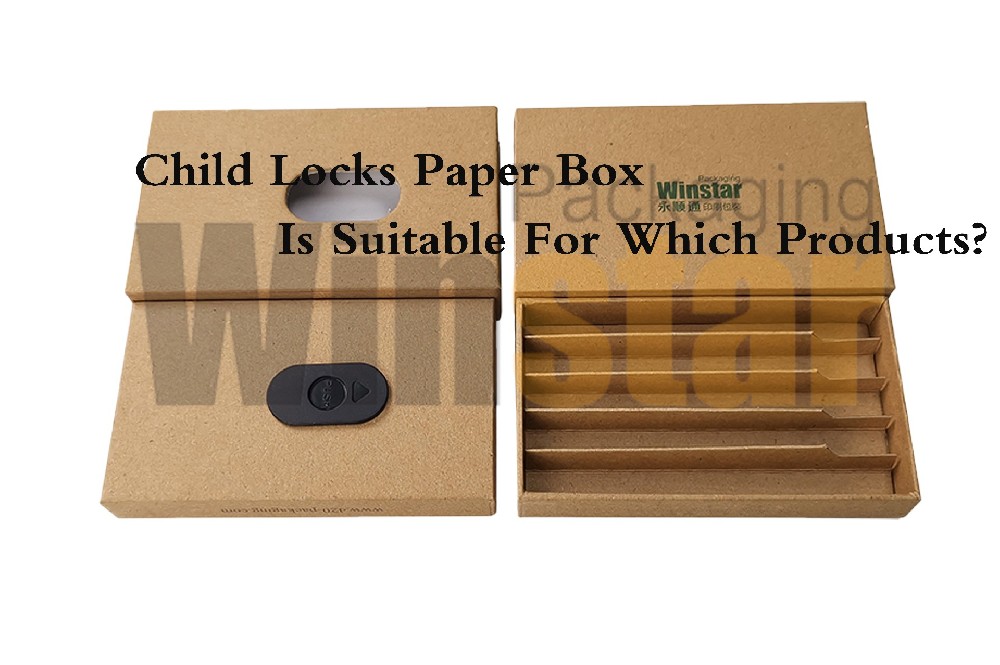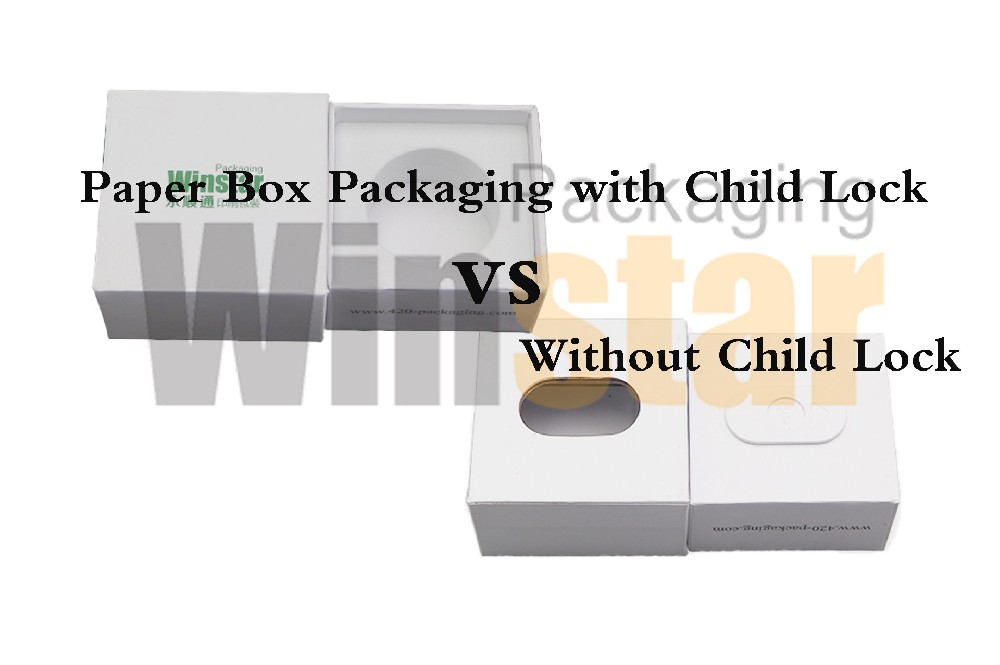Introduction
In packaging design, safety and convenience often need to be balanced. When products may pose potential risks to children, packaging with childproof locks becomes especially important. This article will explore the key differences between paper box packaging with child locks and without child locks, as well as their respective advantages and disadvantages.
Safety
2.1 Paper Box Packaging with Child Locks
Design Purpose: Prevent easy opening by children, reducing the risk of ingestion or misuse
Characteristics: Typically requires specific opening steps or a certain amount of force, making it difficult for children to operate
Applicable Products: Pharmaceuticals, household chemicals, certain food additives, preroll cones, 510 cartridge, electronic cigarette, cigarette etc.
2.2 Paper Box Packaging without Child Locks
Design Purpose: Easy to open and use
Characteristics: Easy to open, no special opening mechanism
Applicable Products: Regular foods, daily essentials, etc.
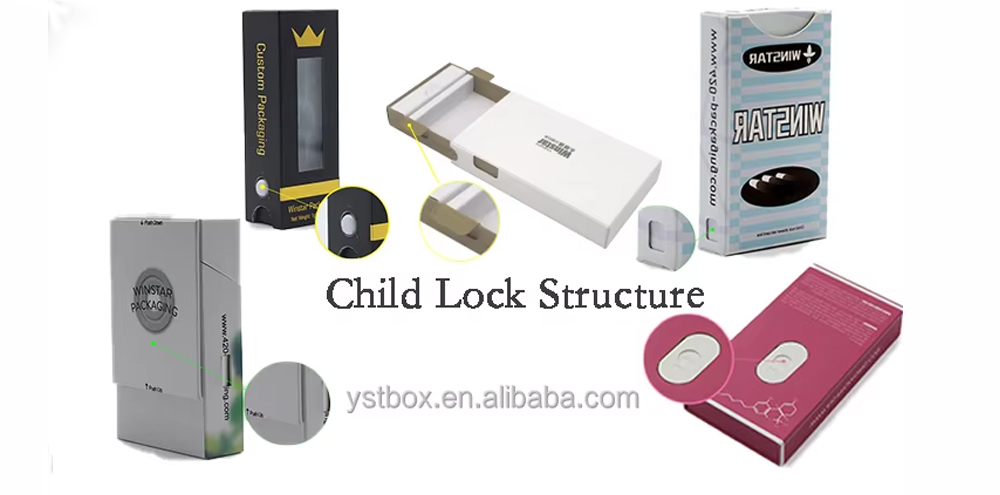
Opening Mechanism
3.1 Paper Box Packaging with Childproof Locks
Complex opening steps: may require simultaneous pressing of multiple points, sliding specific parts, etc.
Requires cognitive ability and manual coordination
Examples: Press and slide, dual-press system, etc.
3.2 Paper Box Packaging without Child Locks
Simple opening methods: usually involve lifting the lid or tearing open a seal
Can be easily opened by anyone
Examples: Flip-top, insert-type lid, etc.
User Experience
4.1 Paper Box Packaging with Child Locks
Advantages: Enhances product safety, provides parents with peace of mind
Disadvantages: May pose challenges for the elderly or those with limited hand mobility
Clear instructions on opening methods should be provided on the packaging
4.2 Paper Box Packaging without Child Locks
Advantages: Convenient to use, suitable for products that require frequent opening
Disadvantages: May pose safety risks for certain products
Suitable for most consumers, barrier-free usage
Cost and Production Complexity
5.1 Paper Box Packaging with Child Locks
Higher production costs: require additional design and materials
More complex production process: may need special production lines or procedures
May increase the overall product cost
5.2 Paper Box Packaging without Child Locks
Lower production costs: use standard paper box production processes
Simple production process: can be mass-produced quickly
Helps control product costs
Regulatory Compliance
6.1 Paper Box Packaging with Child Locks
Certain product categories may legally require child-resistant packaging
Must comply with specific safety standards and testing requirements
May need regular design updates to meet evolving regulations
6.2 Paper Box Packaging without Child Locks
No special regulations required for most ordinary products
Still need to comply with general packaging safety and labeling requirements
Relatively simple compliance process
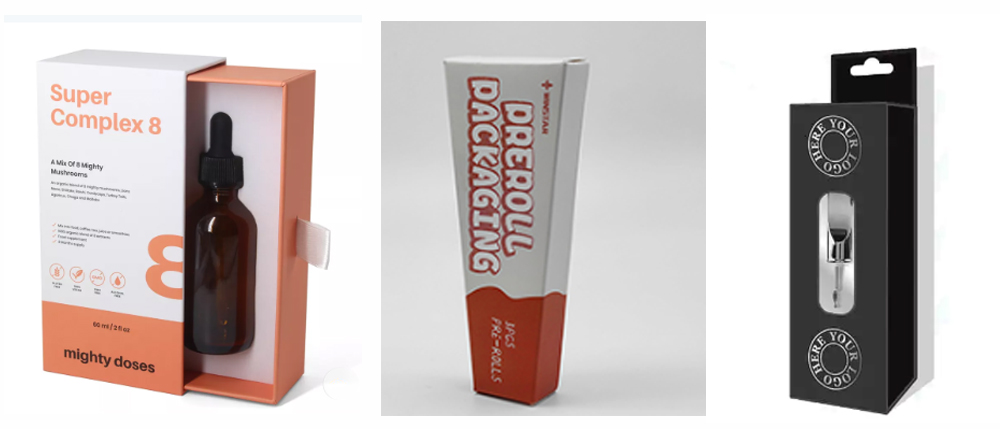
Environmental Impact
7.1 Paper Box Packaging with Child Locks
May use more materials or complex structures
Recycling process may be more complicated
Design should balance environmental friendliness and safety
7.2 Paper Box Packaging without Child Locks
Usually uses fewer materials
Easier to recycle and process
Design for environmental friendliness is relatively simple
Conclusion
Paper box packaging with child locks and without child locks each have their own advantages, disadvantages, and suitable scenarios. When choosing the type of packaging, product characteristics, target users, safety requirements, cost factors, and environmental impact need to be considered. For products that may pose risks to children, packaging with child locks is undoubtedly a more responsible choice. However, for everyday use of regular products, simple non-child lock packaging may be more appropriate.
Packaging designers and brand owners need to find a balance between safety, convenience, and cost, while ensuring compliance with relevant regulations. With technological advancements, we can expect to see more innovative child lock designs that ensure child safety without overly impacting adult user experience.
Regardless of the packaging chosen, clear usage instructions and warning labels are essential. By educating consumers on the correct use and storage of products, we can further enhance the overall safety of products and create a better user experience for consumers.

